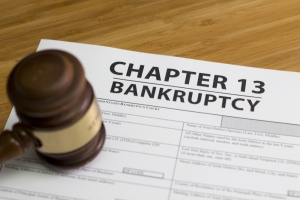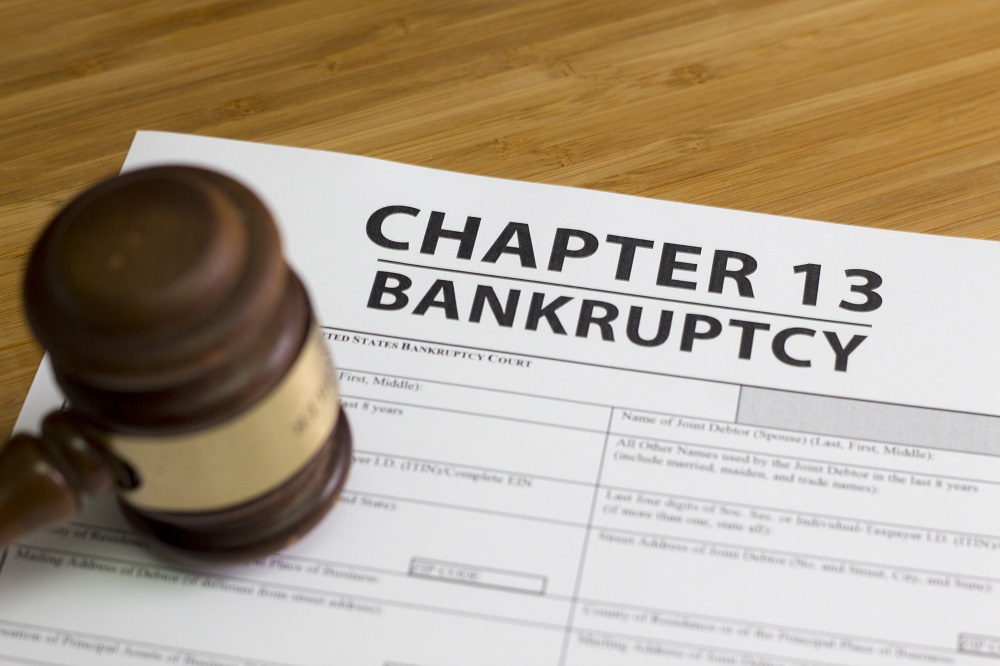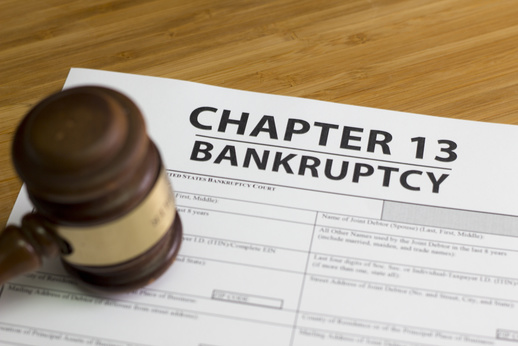Chapter 13 Bankruptcy vs. Debt Consolidation
 We know that there are many things to consider if you are thinking about filing for bankruptcy. First, you need to figure out if bankruptcy is even the best route. Then, you will need to understand which type of bankruptcy you will be filing for, Chapter 7 or Chapter 13.
We know that there are many things to consider if you are thinking about filing for bankruptcy. First, you need to figure out if bankruptcy is even the best route. Then, you will need to understand which type of bankruptcy you will be filing for, Chapter 7 or Chapter 13.
Today, we want to discuss some of the differences between Chapter 13 bankruptcy and traditional debt consolidation methods. If you are considering filing, please speak with a qualified Arizona bankruptcy attorney who can walk you through this process and ensure everything is done correctly.
What Is Chapter 13 Bankruptcy?
Chapter 13 is not as common as Chapter 7 bankruptcy, the method used by people to discharge most of their debts. Chapter 13 is used when a person has a regular income and can pay back at least part of their debt. This is available to individuals, not businesses and has certain debt requirements.
The debt requirements for Chapter 13 are:
- Unsecured debts less than $394,725
- Secured debts less than $1,184,200
A means test is used to determine which type of bankruptcy a person will file for.
When a person files for Chapter 13, they are going to be organizing all of their debts and have a chance to outline a payment plan based on negotiated settlements with all of their creditors. The total amount paid back is typically much lower than the original totality of the debts.
Payment plans for Chapter 13 are typically extended over three to five years. A filer will pay one monthly payment to a trustee who will then dole the money out to creditors in order of their priority. In Chapter 13, filers typically get to keep all of their property, as opposed to Chapter 7 where filers face the liquidation of any non-exempt property.
How Does This Differ From Traditional Debt Consolidation?
Some benefits of Chapter 13, as opposed to a traditional debt consolidation, is that it:
- Immediately puts an “automatic stay” on any collection activity against you. This can stop repossessions, foreclosures, garnishments, lawsuits, collections calls and more.
- Includes most debts that you face. Most traditional debt consolidations do not include mortgage arrears, tax debts, child support arrears, car payments, etc.
- Dramatically reduces the total amount of debt you will have to pay back. In traditional debt consolidations, you will end up paying back 100% of the principle you owed. However, Chapter 13 filers may only pay around 10% of the debts they owed while the other 90% is discharged.
- Chapter 13 is protected by law and the court decides how much you pay back. Debt consolidation process does not have this kind of protection or guarantee.
- Has a time frame of three to five years, whereas debt consolidations can drag on for years without you ever seeing your balances lower.
- Pays off your most important debts first (mortgage, car payments, unpaid taxes) followed by co-signed debts, and then unsecured debts (credit cards, medical bills, etc.).
- Can help ensure that you do not have to pledge your other property as collateral for a new loan consolidation to take place.
Moving On From Here
This is a confusing time for you and we understand that. Regardless of what method of bankruptcy or debt consolidation you choose, we applaud you taking the steps necessary to get your debts under control.
When you are considering your debt relief options, please speak with an experienced Arizona bankruptcy attorney who will help you delve through the options available. Bankruptcy can be a complicated process for people who do not handle these cases every day, so you want to ensure you have an advocate by your side.
Click here to find out how can filing for bankruptcy help me.


